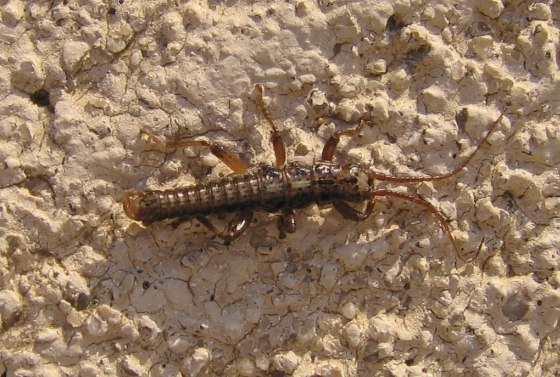
Adaptive evolution of cryptic coloration: the shape of host plants and dorsal stripes in Timema walking-sticks
Abstract
The adaptive significance of cryptic colour patterns has seldom been analysed in a phylogenetic context. We mapped data on the presence vs. absence of dorsal stripes, and the use of needle-like vs. broad foliage, onto a recent phylogeny of Timema walking-sticks, in order to infer the evolutionary history of these traits and test the hypothesis that the dorsal stripe is an adaptation for crypsis on needle-like leaves. By maximum parsimony optimization, the dorsal stripe has evolved five or six times in this clade, each time in association with the use of vegetation with needle-like leaves. Maddison's concentrated changes test showed that this association between morphology and habitat was statistically significant. By contrast, results based on Pagel's maximum likelihood analyses did not reach significance, probably because the large number of origins of dorsal stripe introduces statistical uncertainty. These results suggest that the adaptations for crypsis can arise readily and in parallel, in the appropriate selective environment. However, they may also constrain the evolution of host-plant use, as there is no unambiguous case of Timema species with dorsal stripes shifting to broad-leaved plants. © 2008 The Linnean Society of London, Biological Journal of the Linnean Society, 2008, 94, 1–5.
See another paper published by Sandoval
沒有留言:
張貼留言